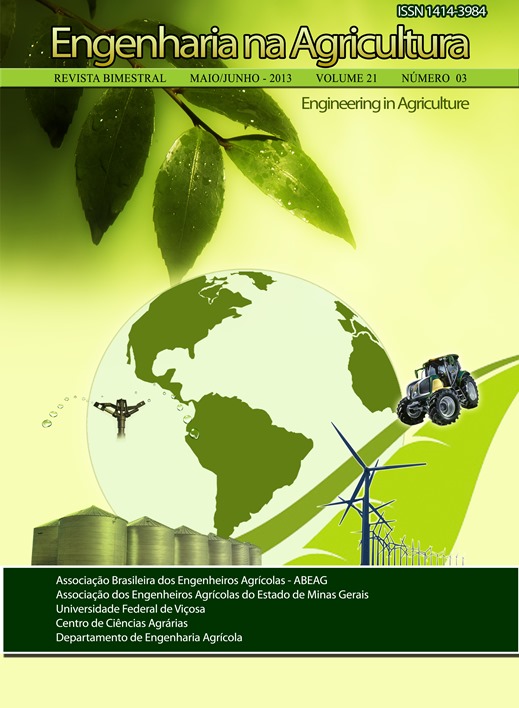MICROBIOLOGICAL QUALITY OF ANIMAL MEALS PROCESSED IN UNITS LOCATED IN THE MINAS GERAIS STATE, BRAZIL
DOI:
https://doi.org/10.13083/reveng.v21i3.355Keywords:
controle, ingredientes, rações, segurança. subprodutosAbstract
Animal meals present potential for microbiological contamination, however they are still widely used in animal feeds. The objective of this study was to evaluate the microbiological quality of these meals processed in eight units distributed in the Minas Gerais state. Samples of viscera meals (248), meat and bone meals (224), and feather meals (216) were collected for microbiological evaluation from the receiving area of a feed mill located in the city of Viconde do Rio Branco, MG, Brazil. The results showed a high index of bacterial contamination of the species Salmonella sp. (5.3x102) and Staphylococcus sp. (4.5x105), total coliform (2.8x105), thermotolerant coliforns (3.3x105), total mesophiles (4.7x105), and fungi colonies (3.6x105). The animal meals processed in the unit “A” showed the highest levels of microbiological contamination. Additionally, the viscera meals were the by-products with lowest quality. Furthermore, processing units of animal meals cannot guarantee the microbiological control of products and may contaminate the fi nal feed. It was concluded that the animal meal does not meet the minimum quality for commercialization in feed mills.Downloads
Downloads
Additional Files
Published
How to Cite
Issue
Section
License
Authors who publish with this journal agree to the following terms:
The author(s) authorize(s) the publication of the text in the journal;
The author(s) ensure(s) that the contribution is original and unpublished and that it is not in the process of evaluation by another journal;
The journal is not responsible for the views, ideas and concepts presented in articles, and these are the sole responsibility of the author(s);
The publishers reserve the right to make textual adjustments and adapt texts to meet with publication standards.
From submission, the author is fully conceding the paper's patrimonial rights to the publication, but retaining the owner of its moral rights (authorship and paper's identification) according to Creative Commons Attribution-Noncommercial.








 Licensed by
Licensed by 